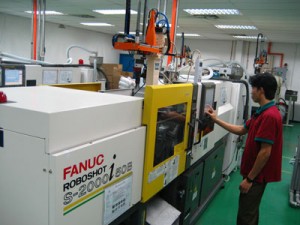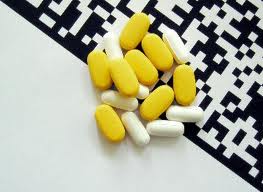
Pharmaceutical packaging requirements can be a minefield
Do you work in the pharmaceutical industry on the ‘periphery’ of packaging, working for example in Marketing, Purchasing, Design or QA etc , and have always wanted to find out more about packaging, but without having to attend a lengthy 3 day training course? Or perhaps you are a Packaging Technologist working on toiletries or cosmetics and want to gain a better understanding pharma issues and opportunities?
If so, then this ONE DAY TRAINING COURSE could be for you!
It’s being held on 14th October 2010 in Nottingham, UK
Pharmaceutical packaging is a very specialised area with its own unique issues & problems. This one day course will provide delegates with a good basic grounding & appreciation of what is required for the packaging of pharmaceutical & healthcare products. Whether you know nothing, have a basic understanding or are familiar with the area, this course will provide you with useful knowledge and insights from experts who have each worked in the industry for over 25 years.
What will be covered:
1.Packaging component & material selection Key product requirements (Consumer, Barrier, Shelf Life & Regulatory – Child resistance, Tamper evidence, Dosing & Stability. Marketing expectations.
2. Key properties of various materials / systems Main barriers & benefits of various packaging materials, Key drivers for pack performance, Supply chain implications on the packs
3. Pack testing & evaluation Mandatory requirements for Consumer testing & Transit testing.
4. Packaging component specifications Key requirements for a specification, Control of the documents.
5. Artwork generation & control Establishing processes suitable to your business needs – Wording & Templates, Creation, Version control & authorisation.
6.Regulatory requirements Packaging data for the MA , Braille, barcodes, Child Resistance, Tamper Evidence, Readability & others – including emerging requirements (e.g. 2D data matrix barcodes). Key packaging data for the MA/Dossier (Specifications & data, Supplier details). Key requirements for Braille etc.
7. Transit packaging Considerations of risk, Establishing test programmes, Specific requirements for palletisation etc.
8. Trade /supply chain requirements Understanding the various markets & their particular requirements, Understanding trade requirements (e.g. Barcodes, Shelf Ready Trays etc).
A full set of documentation will be provided.
You can find out more and register for this event by clicking: More information on Packaging of Pharmaceuticals – a One Day Introductory Course 14th October 2010
Chris Penfold



 Every day millions of patients fail to take their medications as prescribed by their doctor. Medication non-adherence is a problem that disrupts the healthcare system in many ways, leading to patients failing to receive full treatment benefit. Non-adherence can lead to hospitalisation and even death.
Every day millions of patients fail to take their medications as prescribed by their doctor. Medication non-adherence is a problem that disrupts the healthcare system in many ways, leading to patients failing to receive full treatment benefit. Non-adherence can lead to hospitalisation and even death.



